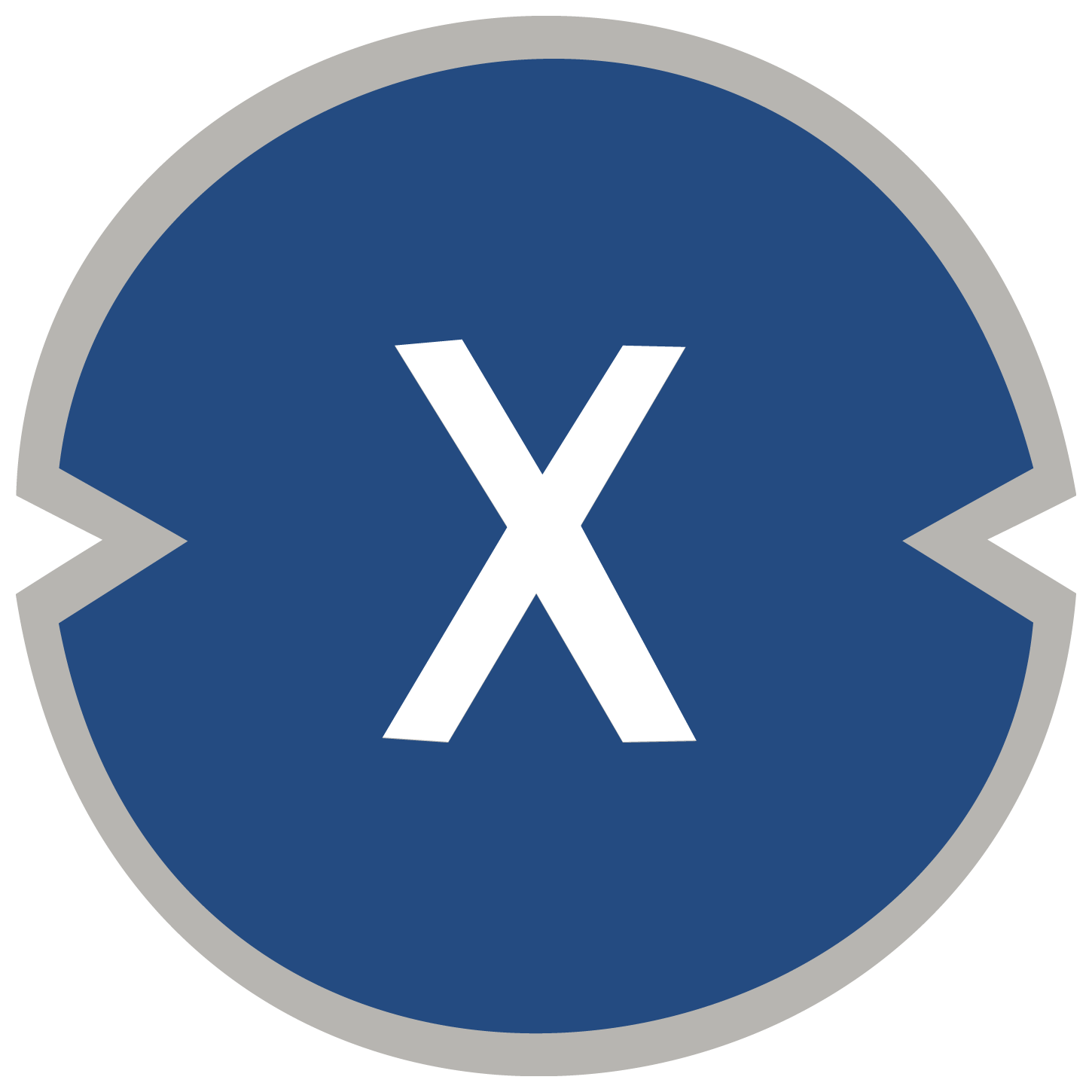Deep Dive
1. Purpose & Value Proposition
Quant addresses blockchain fragmentation—a critical barrier for enterprises adopting distributed ledger technology. Its Overledger operating system acts as a universal gateway, allowing assets and data to move natively across chains (e.g., Ethereum, Avalanche) without bridges or wrapped tokens. This is particularly vital for institutions managing multi-chain ecosystems, such as central banks developing CBDCs (European Central Bank partnership).
2. Technology & Architecture
Quant’s Layer 2.5 “Fusion” framework uses a multi-ledger rollup to execute transactions across chains while maintaining compliance. Key innovations:
- Network of Networks: Modular integration of nodes with granular permissions, enabling KYC-verified access to public liquidity.
- Patented Privacy: Combines public-chain transparency with private-chain controls, addressing institutional security concerns (Quant Fusion launch).
3. Tokenomics & Governance
QNT (max supply: 14.6M) has three core utilities:
- Licensing: Developers stake QNT to build multi-chain apps (MApps).
- Fee Payment: Institutions use QNT for transaction and API access fees.
- Governance: Token holders vote on protocol upgrades.
Tokens are burned when used for licenses, creating deflationary pressure.
Conclusion
Quant positions itself as the connective tissue for a multi-chain future, blending enterprise-grade security with cross-chain flexibility. Its partnerships with central banks and focus on regulated use cases (e.g., digital euros) highlight its institutional appeal. Can Overledger’s architecture become the default standard as CBDCs and tokenized assets scale?





 Most Visited
Most Visited Community Sentiment
Community Sentiment Chain Ranking
Chain Ranking Bitcoin Dominance
Bitcoin Dominance Market Cycle Indicators
Market Cycle Indicators Relative Strength Index (RSI)
Relative Strength Index (RSI) Overall NFT Stats
Overall NFT Stats Upcoming Sales
Upcoming Sales Signals
Signals Trending
Trending New
New Gainers
Gainers Meme Explorer
Meme Explorer Community Votes
Community Votes Top Traders
Top Traders Feeds
Feeds Topics
Topics Lives
Lives Articles
Articles Research
Research